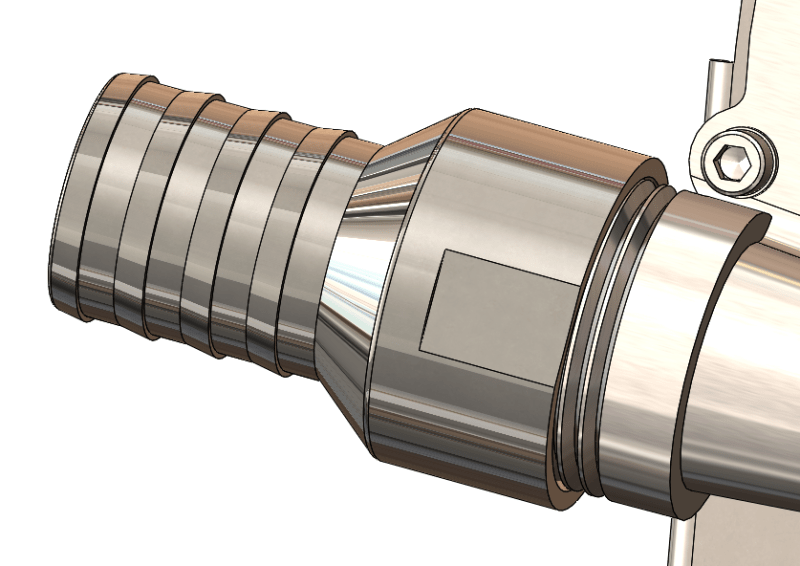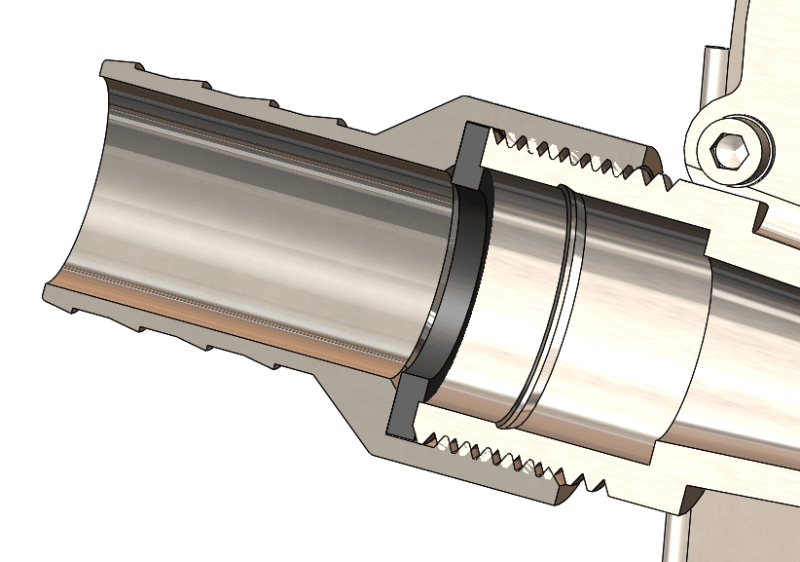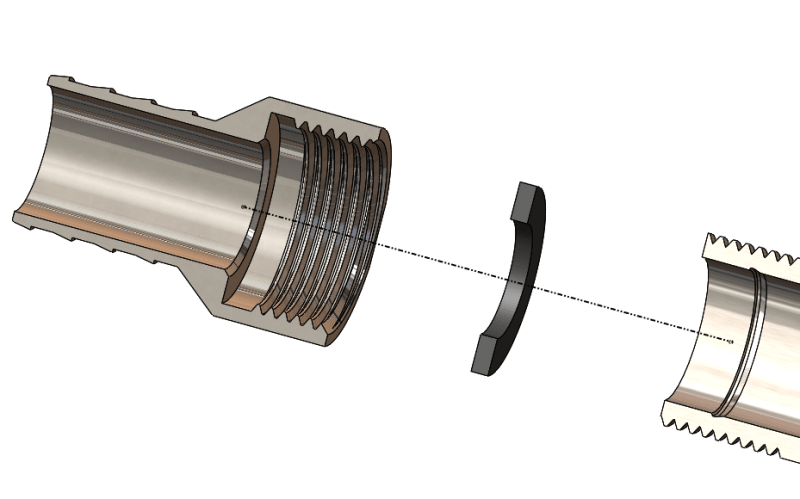It appears, despite the excellent recommendations above, that you have fixed in your mind the "classroom theory" that "Rotational Torque is proportional to Linear Movement of a straight threaded item rotating on a straight-threaded fixture."
Thus, you persist in asking "What torque will create enough movement of the straight-threaded fitting on the straight-threaded fixture to force my rubber gasket onto the flat surface?"
Linear movement is NOT proportional to torque in the real world of dirt, mediocre threads, corrosion, and bad mechanics in a hurry assembling threaded items with bad (or missing, or mis-calibrated, or broken, or stupidly-used) torque wrenches and adapters.
As above, (1) determine how much compression distance of the rubber gasket you need, and then determine how much over-compression will cause failure (extrusion or tearing) of the rubber gasket.
(2) Chose a prudent value between the two.
(3) Determine the number of nut-flats that will create that compression distance. NOT THE TORQUE!
(4) Issue assembly and repair instruction plainly:
"Assemble with a new gasket finger tight.
Turn, with a wrench, 2 more flats to compress the gasket."




